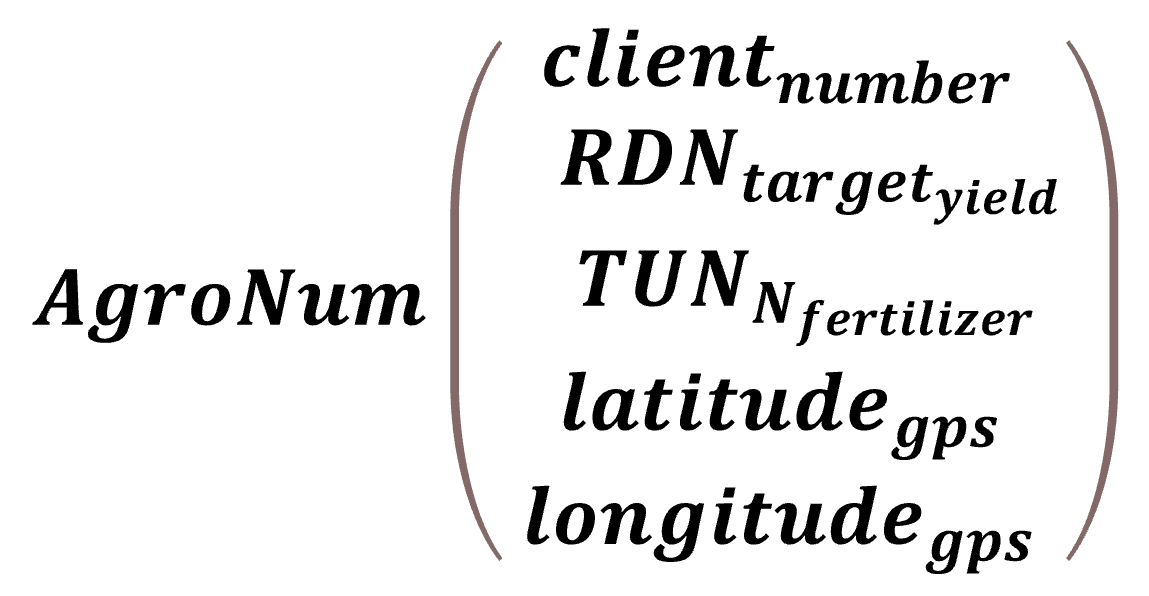ERGONOMY. Carbon-farming as agricultural consultancy must be ergonomic, easy to use. Reijneveld et al. 2023 (https://lnkd.in/e-xpifbX) describe Soil Carbon Check as a rapid tool for monitoring SOC sequestration in farmer fields and for guiding farmers to increase SOC [soil organic carbon] sequestration. This said, in the section “Implementation challenges” the authors 2023 nevertheless state that “There is still limited standardization of soil sampling and SOC analyses methods, for various reasons (history, capacity, cost and knowledge). Soil sampling strategies and depth are critical issues here. Are accredited soil sample collectors needed, or can famers take the soil samples? What is the sampling design, soil depth, the number of subsamples, maximum size of the field?”
In a sense, and despite notable advance in analytical procedures, the problem remains whole since error prone soil sampling IS the major limitation to implementing carbon-farming via C-sequestration in soils.
Polyor SAS’s AgroNum (https://lnkd.in/exiTpR5a) approach to SOC conservation is inherently ergonomic. Plot specific N-fertilizer response curves provide baseline sustainable grain-N target yields (RDN), along with their corresponding N-fertilizer application rates (TUN). Farmers need only provide the centermost latitude/longitude GPS coordinates of the field-plot, along with current target yields and N-fertilization rates. This ergonomy stems from AgroNum’s AI [artificial intelligence] algorithm being fed a vast ensemble of historical & updated georeferenced agro-pedological data. It is this complex data science & mathematical process that ultimately provide the user with a disturbingly simple & ergonomic solution to SOC conservation & integrated fertilizer management that can be used in carbon-farming.
#carbonfarming #carbonoffsets #eucarbonremoval #sustainableagriculture #soilconservation #fertilizers #soils



